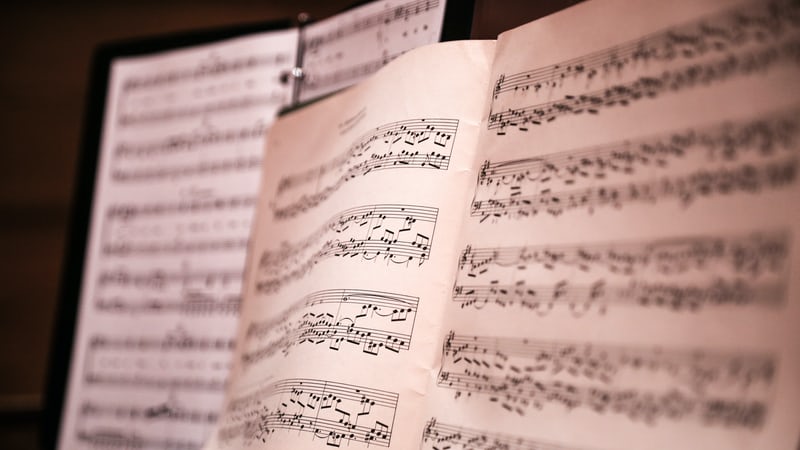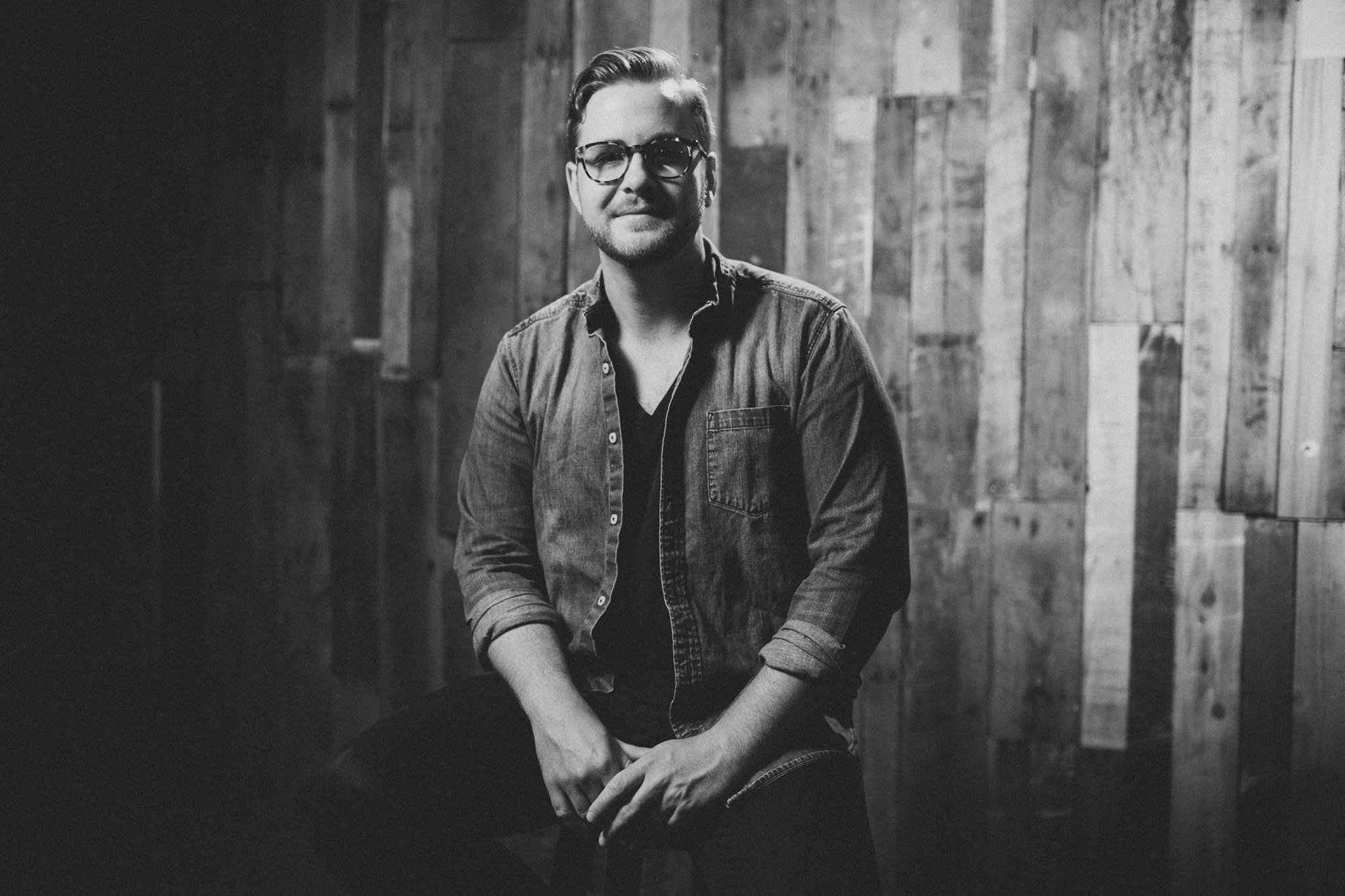Music is powerful, and humans are hard-wired for song. Part of how we connect with music is through the song structure.
We recognize and remember music that has familiar patterns — including rhythms and rhymes and a definable beginning, middle, and end.
And as songwriters, if we’re doing our jobs right, our songs will be both memorable and have an emotional impact.
Our favorite songs become part of us, stored deep in our brains. Even advanced dementia patients often still remember their favorite music and have emotional reactions when they hear it.
There are almost unlimited potential ways to combine chord progressions, melodies, rhythms, and lyrics into songs. When you’re first starting out in songwriting, it can feel confusing and overwhelming.
The big challenge is knowing how to make sure your songs have that impact – to make sure they’re catchy, as well as powerful — and keep your listeners’ attention.
You never want to write a song that feels boring, seems to drag on forever, or causes your listeners to lose interest and flip away.
It’s a fine line. Inspiration may come to you in spurts, but if it’s not organized, it won’t help you write strong songs.
So how do you know if your songs will have the effect that you want?
Use a proven song structure or format.
And if you want a chance at writing a hit song, get familiar with popular song structures and choose from those for your own songs.
What is Song Structure?

Song structure (or format) refers to the patterns, order, or arrangement of different parts of songs.
(Not to be confused with the musical arrangement, which has to do with which instruments are used, how, and how prominent they are in different parts of songs.)
As I often say, there are no hard and fast rules. Instead, think of song structures as proven formulas that help you create sticky, successful songs.
Your song’s structure is like its frame or skeleton. It’s what makes all the different parts hang together as a whole.
Would you build a house without first constructing a frame? Of course not! Without that frame, you’d have walls and ceilings collapsing in on each other.
In the same way, without a structure, your song won’t make sense or sound coherent. Listeners won’t connect with your story.
Good songs take your listeners on a journey, one that has a satisfying emotional payoff. Without that map created by your song structure, they’ll feel lost — and they’ll stop listening.
Why Song Structure Matters
Song structures give a familiar, “homey” feel to music.
Even if listeners have never heard your new song before, they’ll recognize that it’s a country, R&B, or pop song, for example. It won’t seem so strange to your listeners that it turns them off or makes them wonder what the heck they’re listening to.
Also, with a good structure, your listeners won’t need to work hard (listen attentively or concentrate) to intrinsically “get” your song.
You might think, in order to be truly creative, you don’t need structure. But the truth is, creativity thrives within constraints.
Novels and movies have distinct beginnings, middles, and ends, with places for an emotional climax and a satisfying resolution.
Every famous landscape painting relies on one of 15 basic compositions. The guidelines or guardrails of song structure are there to help your listeners recognize and engage with your music.
So What Are the Parts of a Song?
Popular songs are made up of some common building blocks. Once you learn what they are and how to use them, you’ll be well on your way.
Introduction (Intro)
Your introduction’s job is to set the stage for what’s to come. It previews your genre, hooks listeners, and sets the tone and mood for the rest of the song. Ideally, your intro will generate enough interest so people will keep listening. When you’re writing for the masses (meaning for commercial radio) you don’t want a long introduction. Instead, get to the good stuff quickly. A strong intro could contain a compelling musical hook, a cool riff, or it could use part or even all of the chorus.
Verse
You can compare verses to stanzas in poems. Musically, they are repetitive but each verse has different lyrics that move the story along. Often the lyrics rhyme in a AABB (first and second lines rhyme with each other, as do the third and fourth lines) or ABAB (first and third lines rhyme with each other as do the second and fourth lines) rhyme schemes. The verses reveal the story, create interest with sensory details, and convey emotion. The verses are there to support the chorus. When you write a second verse, you’ll answer the question: “what else happened?” Or, “then what?”
Pre-chorus
Also known as the build or channel, a pre-chorus is often 2- to 4- bar section, but it could be as long as your verse. It builds anticipation for the chorus both lyrically and musically. You can use a pre-chorus to precede every chorus in your song, just the first chorus, or only the last one. Pre-choruses are optional, you don’t need to include one in every song.
Chorus
The chorus is usually the most memorable and recognizable part of any song. It drives home your theme or concept. It’s the main focus of your song, usually repeating several times. Each chorus contains the same (or nearly similar) lyrics and melody. It also often contains your main hook (although songs can have different hooks, or more than one.) The chorus is also known as the refrain. Choruses are made to be sung along with. They need a good vocal hook with a simple, memorable melody — I like the nursery rhyme analogy. In EDM, the chorus is known as the drop. Although choruses usually don’t change, the final choruses in songs can sometimes be bigger or fuller, and contain slight lyric or melody changes. A chorus is sometimes also called a refrain.
Post-chorus
This term can be used in a generic sense for any section that comes after the chorus, but technically a post-chorus will sound very similar to the chorus, maybe repeating some words or lines and riffing on the melody a bit.
Bridge
Bridges are transition sections that are musically different from the rest of the song. Often they contain surprising lyrics or a memorable twist. Bridges serve to give listeners’ ears a break and keep the song interesting as it builds toward the emotional payoff of the final chorus. A good bridge isn’t just filler — it must be well-written and memorable. Not every song needs a bridge, and recent trends in pop music often skip the bridge. So if you want to include one, make sure it’s really adding to the song and making it stronger. The bridge usually appears between the last two choruses, or before a third verse if there is one. Often bridges bring the energy of the song down, almost deconstructing it before building back up to the chorus, but again, there are no hard and fast rules. You’ll sometimes hear a bridge called the Middle 8.
Outro
Your song’s conclusion — sometimes called a coda or tag. There are many different ways to end a song, depending on the emotional impact you want. For radio songs, we often repeat the chorus and fade out. You could tag or repeat the hook or a catchy part of the chorus. You can also certainly end on a high note with high energy, cut the song off quickly, or throw in a surprising resolution. But if you’re writing commercially, take note of what’s usually done in your genre. Tags often repeat the last line several times, serving as punctuation to signal the end of the song.
Break or solo
Often an instrumental transition, a break or solo adds interest and variety as well as space or breathing room to a song. It’s also another emotional payoff.
Next, let’s look at a few more important foundational ideas.
More Songwriting Basics
A hook is a repetitive phrase, riff, rhythm, or anything distinctive about a song that sticks with listeners, “hooks” them, and gives an emotional payoff. When you have a good hook, use it frequently and well.
The hook is often the title of the song, but it doesn’t have to be. It usually appears in the chorus, although a song can have more than one hook.
Don’t fear repetition! It won’t “dumb down” your song. People love returning to their favorite parts of songs again and again, so let them do it — within reason and without becoming boring of course.
Use the parts of a song to introduce different dynamics (energy changes), create tension and release it, and use space and transitions wisely.
Popular Song Formats You Should Know

Pop music is always evolving. Some commonly-used structures that produced huge hits in years past may not be in vogue anymore. In this post, we’ll focus mostly on currently popular structures.
Each structure has many possible variations. I’ve given you some examples of those. Use these as starting points and get in the habit of noticing the structures used in your favorite songs as well as in recent hits.
A Note on Abbreviations
V, C, P and B in song formulas refer to verse, chorus, pre-chorus and bridge.
You’ll also see A, B, and C frequently used to describe song or instrumental music structures.
In this case, each letter refers to a different part of the song or piece: usually A is the first part, B is the second, etc. When a letter is repeated, that means that song section is repeated.
Your Basic Song Structure Toolbox
Use these popular structures to inspire you and get you thinking in creative ways about your own songwriting.
1. VCVC or VCVCVC
This formula equates to: Intro — verse — chorus — verse — chorus — outro
Or, intro — verse — chorus — verse — chorus— verse — chorus — outro
This is a very popular song structure and a great place to start for beginners. That’s because you can concentrate only on polishing the most important and powerful song sections while you hone your songwriting chops.
(Intros and outros are implied in these formulas.)
Examples:
“Somebody That I Used To Know” – Gotye
“The One That Got Away” – Katy Perry
“Chasin’ You” – Morgan Wallen
“Breakdown” – Tom Petty. Variation: this changes up the pattern, using VVCC
2. VCVCBC
This structure means: intro — verse — chorus — verse — chorus — bridge — chorus — outro.
This one’s the most popular song structure by far. You’ll find many hits that use this pattern.
But remember my advice on bridges above.
These days commercial songwriters are using them less often. Still, it’s important to know how to write a strong bridge when your song calls for one.
Examples:
“She’s Mine” – Kip Moore
“Circles” – Post Malone
“Weezer” – Say It Ain’t So
“Hole in the Bottle” – Kelsea Ballerini. Variation: Voiceover intro/outro
3. VPCVPCBC
This song format introduces the pre-chorus. Remember that the pre-chorus’s job is to build energy and anticipation going into the chorus. A well-written pre-chorus helps to set listeners up for a satisfying emotional payoff.
Once you’re confident you’re writing solid verses and choruses, you can start experimenting with pre-choruses.
Examples:
“Firework” – Katy Perry
“Almost Is Never Enough” – Ariana Grande and Nathan Sykes
“Rain On Me” – Lady Gaga and Ariana Grande. Variation: adds a post-chorus.
“Memories” – Maroon 5. Variation: starts with the chorus, adds post-choruses.
“Everything I Wanted” – Billie Eilish. Variation: goes from the bridge directly to outro.
4. VVBV or VVBVBV
This song structure isn’t often used today, but it’s worth mentioning because so many familiar and popular older hits are based on it.
Examples:
“We Can Work It Out” – The Beatles (The bridge is the section that starts with “Life is very short…”)
“It’s Still Rock and Roll To Me” – Billy Joel
“Somewhere Over the Rainbow” – Harold Arlen and Yip Harburg
5. VVV or AAA
Another older structure often seen in folk music. It’s not popularly used today, but you’ll notice it in many classic songs, so it’s worth noting.
Examples:
“Tangled Up In Blue” – Bob Dylan
“Bridge Over Troubled Water” – Simon & Garfunkel
“I Walk the Line” – Johnny Cash
6. A good place to start
I like to recommend this structure to beginners. It’s not too long or complicated, but it’s a good one to practice the fundamentals — and it will help you get up to speed writing popular music.
- Verse 1
- Pre-chorus
- Verse 2
- Pre-chorus
- Chorus
- Solo or instrumental section
- Final chorus
Now that you’ve got some great examples, here’s how to decide which one to use next time you sit down to write.
How to Choose a Song Structure
Here are a few tips that will help you pick a good song structure:
- Know your goal. Decide what you want your song to be and why you’re writing it. Is it an upbeat dance song, a rocking party tune, a timeless love song, a heartfelt story? What structure best fits the impact you want your song to make?
- Know your genre. Most song structures aren’t genre-specific, but be sure you know what’s trending in your genre now. For commercial success, you’ll want to avoid structures that haven’t been popular recently.
- Be inspired. Listen to some of your favorite songs and pay attention to their structure. What parts have been included and what effect do they have?
- Experiment. Try a song with or without a bridge or pre-chorus. Try different intros and outros. Don’t be afraid to switch things up and don’t be afraid of losing anything. After all, an idea that you don’t use in one song might be perfect for a future one. Hold on to all that inspiration in your idea journal or swipe file.
- Let your hair down. If you’re feeling inspired and want to run with a structure that’s not popular, by all means, go for it. We all need that creative outlet. But if your primary goal is to write for the masses, then use a more modern structure.
Use Song Structure to Write Better Songs
“At the end of the day people won’t remember what you said or did, they will remember how you made them feel.”― Maya Angelou
Now, Maya wasn’t thinking about songwriting when she made this famous quote, but she could have been.
I hope that this post has helped you to see why song structure is important, how to use the various formulas, and how you can use structure to make sure your songs are memorable, catchy, and powerful.
So now, when you listen to popular songs, start noticing how they’re structured and the effect they have on listeners. Then use all your new knowledge to become a better songwriter.
And for more pro tips, check out How to Write a Song.


